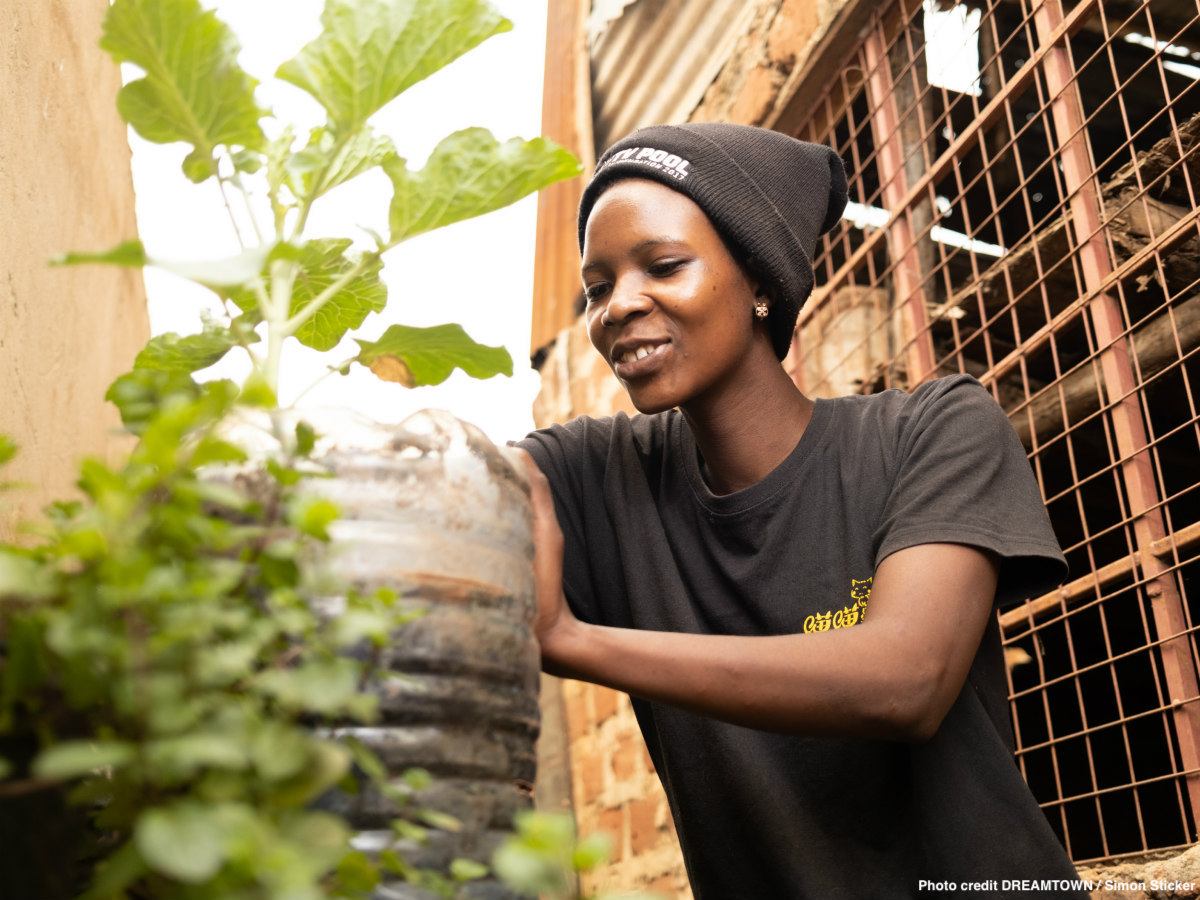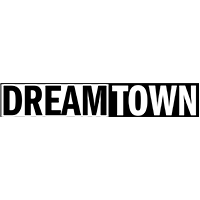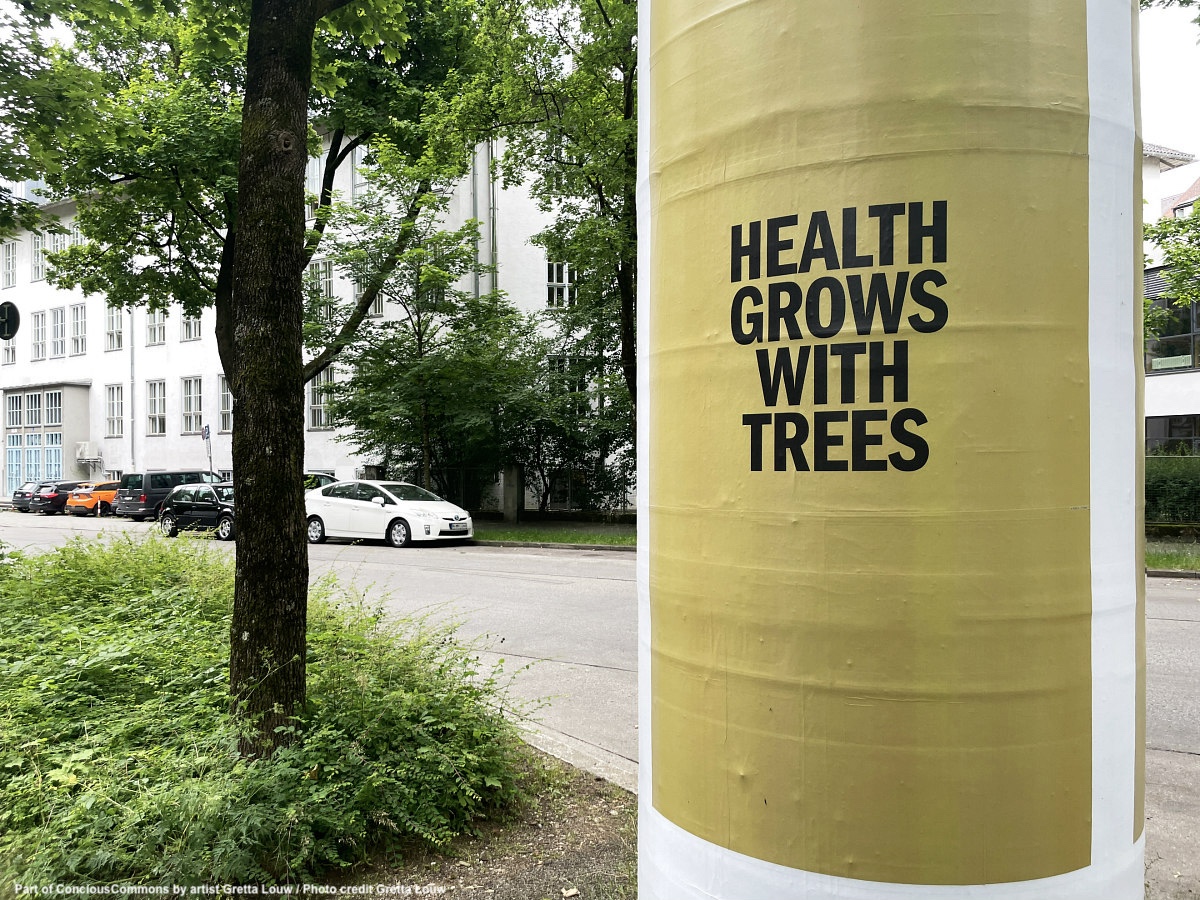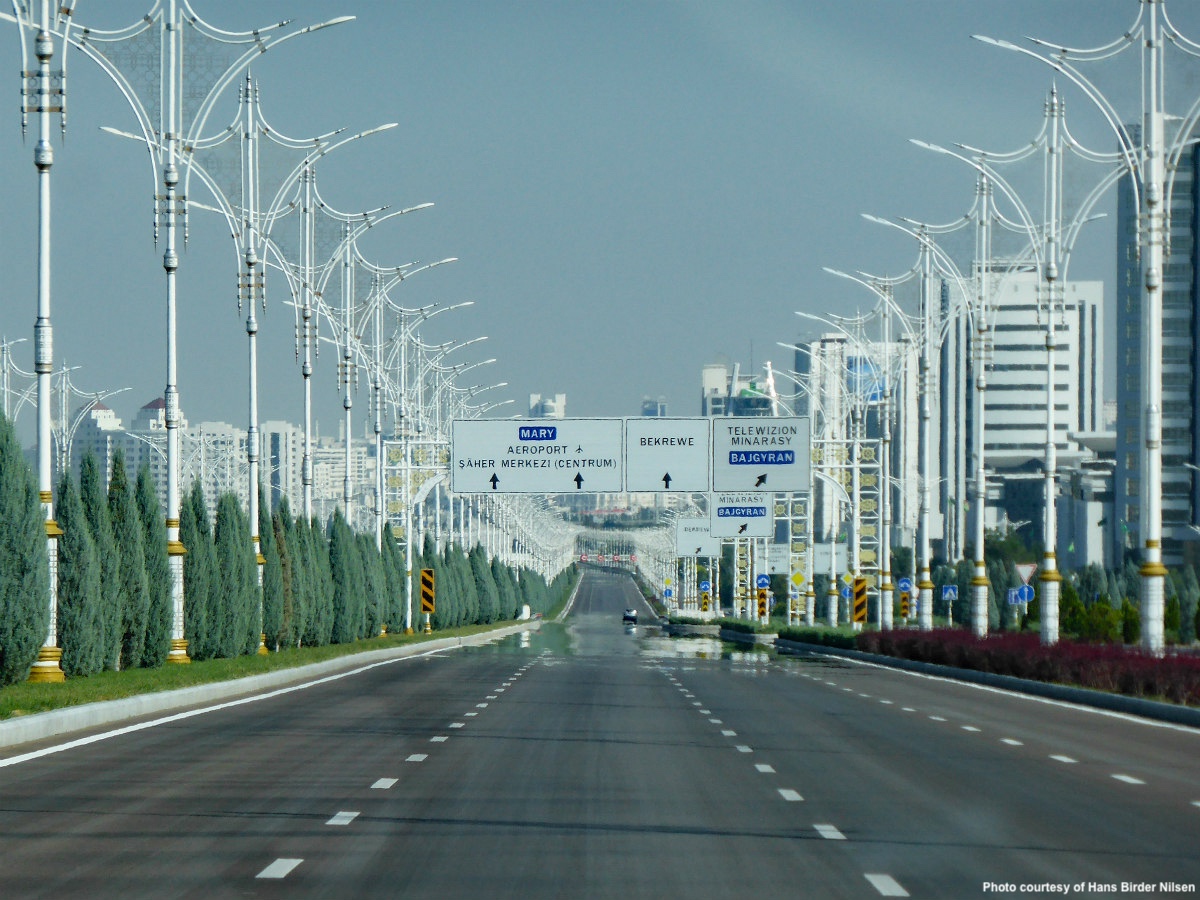“I learned that having a small land space or no space cannot hinder you from doing farming,” says David Ssewanyana, a 26-years-old resident in Kampala, Uganda. A New Yorker could say something similar. But Ssewanyana is a particular beneficiary of the urban gardens trend, in a city like Kampala where 35% of households used to grow food just three decades ago.
“It is not that people are forgetting about growing food, the challenge in Kampala is pace,” Nakasujja Hellen tells me over the phone. “We are experiencing high rates of urbanization. People come from villages, and as they come into the city, they look around for the cheapest ghetto they can afford.” Rapid urbanization has led to agricultural land encroachment in Kampala, thereby transforming the city food systems and sacrificing green spaces for affordable housing.
David Ssewanyana runs a small urban garden in the Kinawataka area of Kampala. He has seen many benefits, from earning some income out of the sales of his vegetables to earning from training. The impact the garden has had on the community was unexpected. Old car tyres are transformed into seating. Children come to sit in the shade to revise their books and other community members relax and enjoy the greenery.
But what has made Ssewanyana become an avid advocate of green spaces has more to do with good governance than purely urban farming advocacy. “We are slowly getting there,” Hellen deadpans, “because we conduct, what we call, Community Youth Parliaments.” Since 2019 young residents of K-zones – informal settlements in Kampala also called Ghetto Zones – have been taking part in Community Youth Parliaments organized by the nonprofit Network of Active Citizens (NAC) where Hellen works as Project Assistant.
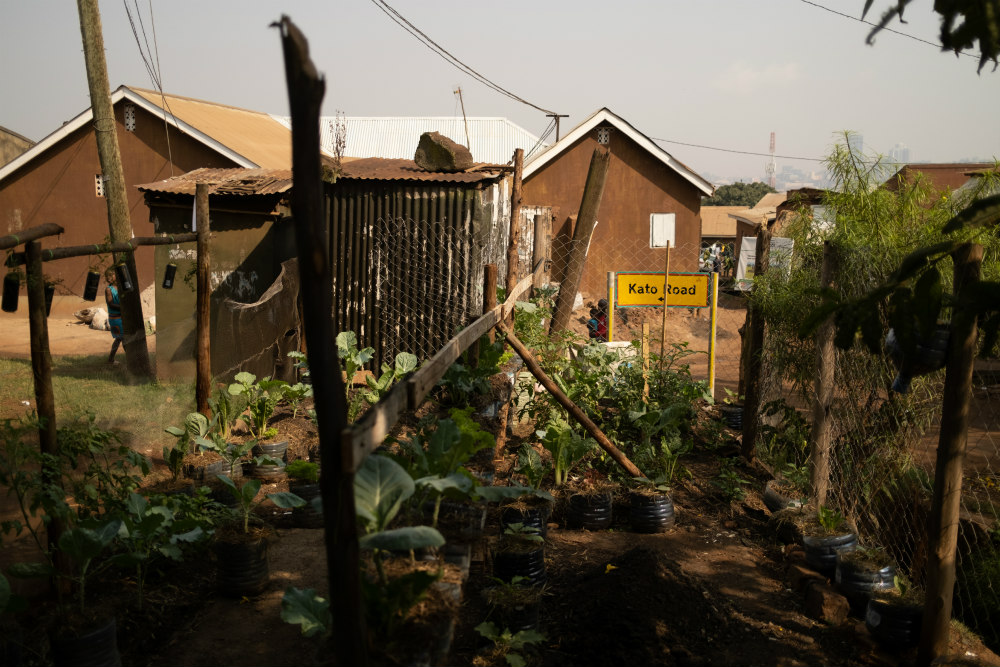
If Community Youth Parliaments sound like governance jargon, that’s the point. They are NAC’s savvy response to a bottom-up governance structure from the local community level right up to the top that the Ugandan Government implemented with Uganda’s decentralization policy and Local Government Act in 1997. The goal was to devolve political, administrative and financial decision-making powers to Local Governments and administrative units. This legal framework has influenced decision-making and governance processes in the surrounding districts of the city, with the exception of The City of Kampala itself, which is managed by the Kampala Capital City Authority under a national government ministry.
“In these Parliaments the leaders in the K-zones meet with the people in their communities and tell them what should be prioritized, as the local governments are making their budgets for the coming year,” Hellen explains. Primary health care, primary education, road works, water and sanitation, agriculture and local economic development rely on local governments – a five-tier system of Local Councils I, II, III, IV and V – with different powers to generate, collect, plan for and utilize resources for those services, and monitor their delivery.
The leaders of the Community Youth Parliaments are government people who are elected by the community members of their K-zones. Usually, after the Parliaments, the leaders have to prove to their people that there’s a commitment around something when before there wasn’t. “So now, for instance, there are garbage trucks from the department of garbage collection in the Ghetto zones,” Hellen says. “We have community members making the leaders accountable for what is happening in the communities, the misuse of funds, the poor road infrastructure and why things haven’t been done.”
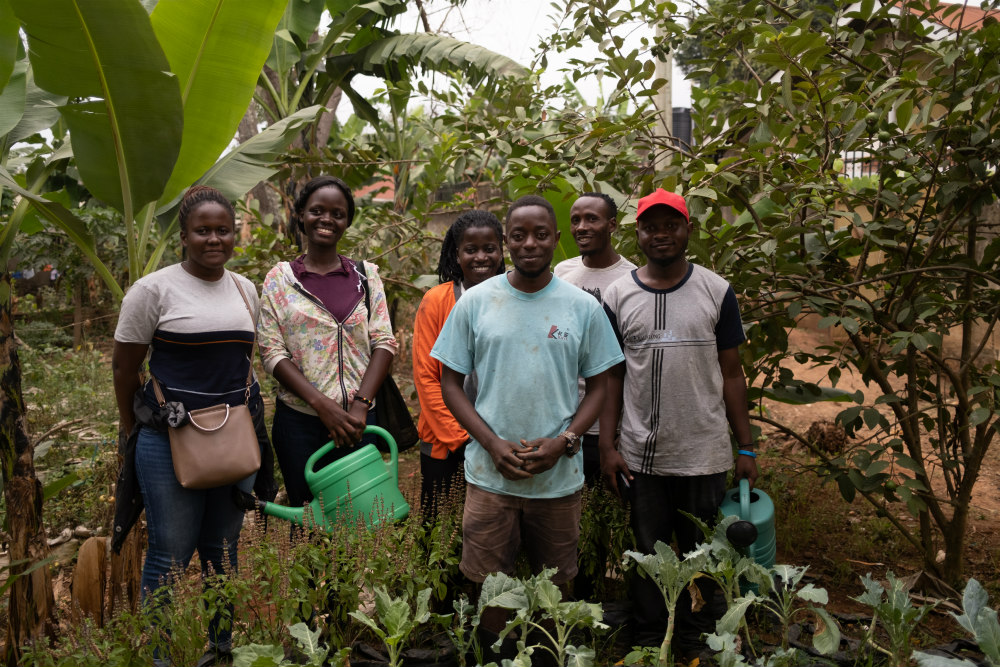
Decentralization in Uganda opened a door to ordinary citizens, including marginalized groups and organizations, to be actively engaged in the realm of public governance. Young people are particularly crucial – in Uganda 78 % of the population is below 30 years old, making it the third youngest country in the world with a median age of 15.9 years.
The NAC took a pragmatic approach to foster a well-functioning local public sector, mentoring, mobilizing and empowering young people because “we believe we can not achieve the change that we want without them,” says Hellen. And adds, “nothing for us without us.”
But this sounds all too good to be true. NAC’s work with Local Governments started well but they have to follow through on their promises for change when it comes, for instance, to make available public space for urban gardens in the K-zones of Kampala.
In 2019 a green urban movement was born with the support of the NAC and the non-profit Dreamtown to create a more sustainable urban environment for people living in the vulnerable communities of Kampala’s K-zones. To date, the #GhettoGoGreen movement has built more than 45 urban gardens in 6 K-zones, involving 248 young people with 45 training sessions. In absence of a government response, a hands-on approach opted to plant the gardens on privately owned land. “We were left with no other choice than to find local solutions for the local problems,” bristles Hellen.
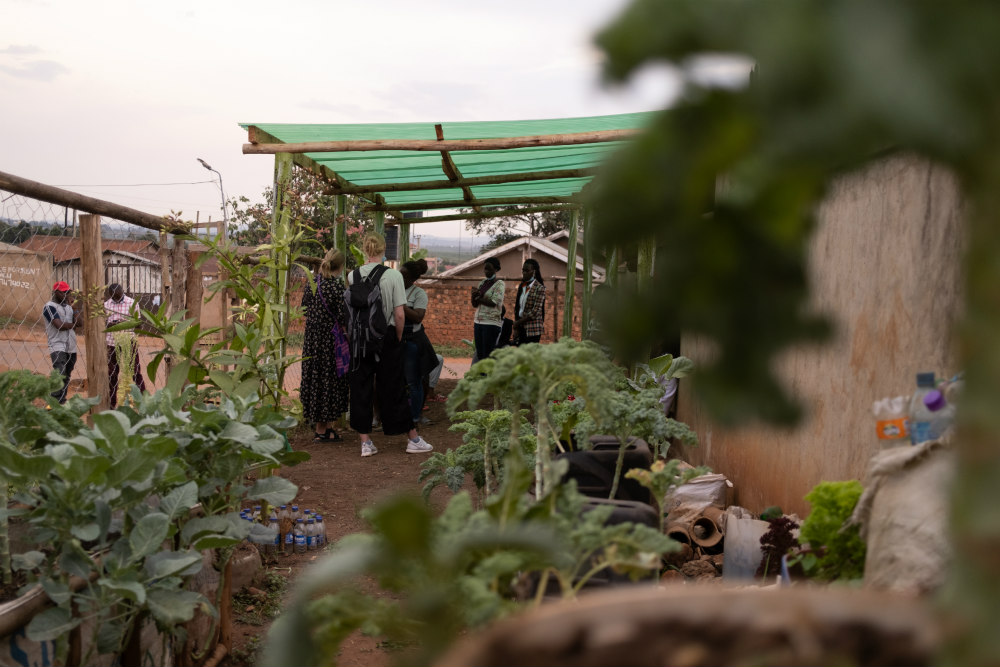
In a series of workshops around the K-zones, Dreamtown, together with NAC, trains young people with knowledge and skills in climate smart urban farming, in how to set up green spaces, and raise awareness on climate change adaptation. NAC’s Youth Climate Resource Center hosts regular training on a green rooftop.
The urban farmers of the #GhettoGoGreen movement are not all motivated by the same reasons. Some are passionate about environmental issues, others are interested in growing affordable fresh food. What binds them, however, is a connection with nature to become climate resilient, Hellen notes: “Ghetto communities slowly understand the importance of being climate resilient because they are getting highly disrupted by heavy rains. It is about providing a solution against climate change while growing food.”
Yet NAC and Dreamtown have big ambitions for the regeneration of urban gardens in Kampala. Technically urban agriculture was illegal in the city until 2006, even though many of the urban poor had been growing food for their families since the 1970s. Every year Kampala’s population grows by a stunning 5% due to rural-urban migration and high fertility rates.
This rapid growth has resulted in an uncontrolled urbanization in the form of informal settlements where 60 % of Kampala’s population live and food systems are increasingly under pressure. In 2010 almost one-third of the surface of the metropolitan area was used as agricultural land. Last year, 50% of the food consumed in the city originates from within a 120 km proximity to Kampala, including 10% from within the city itself, which shows the importance of urban agriculture on a growing urban population.
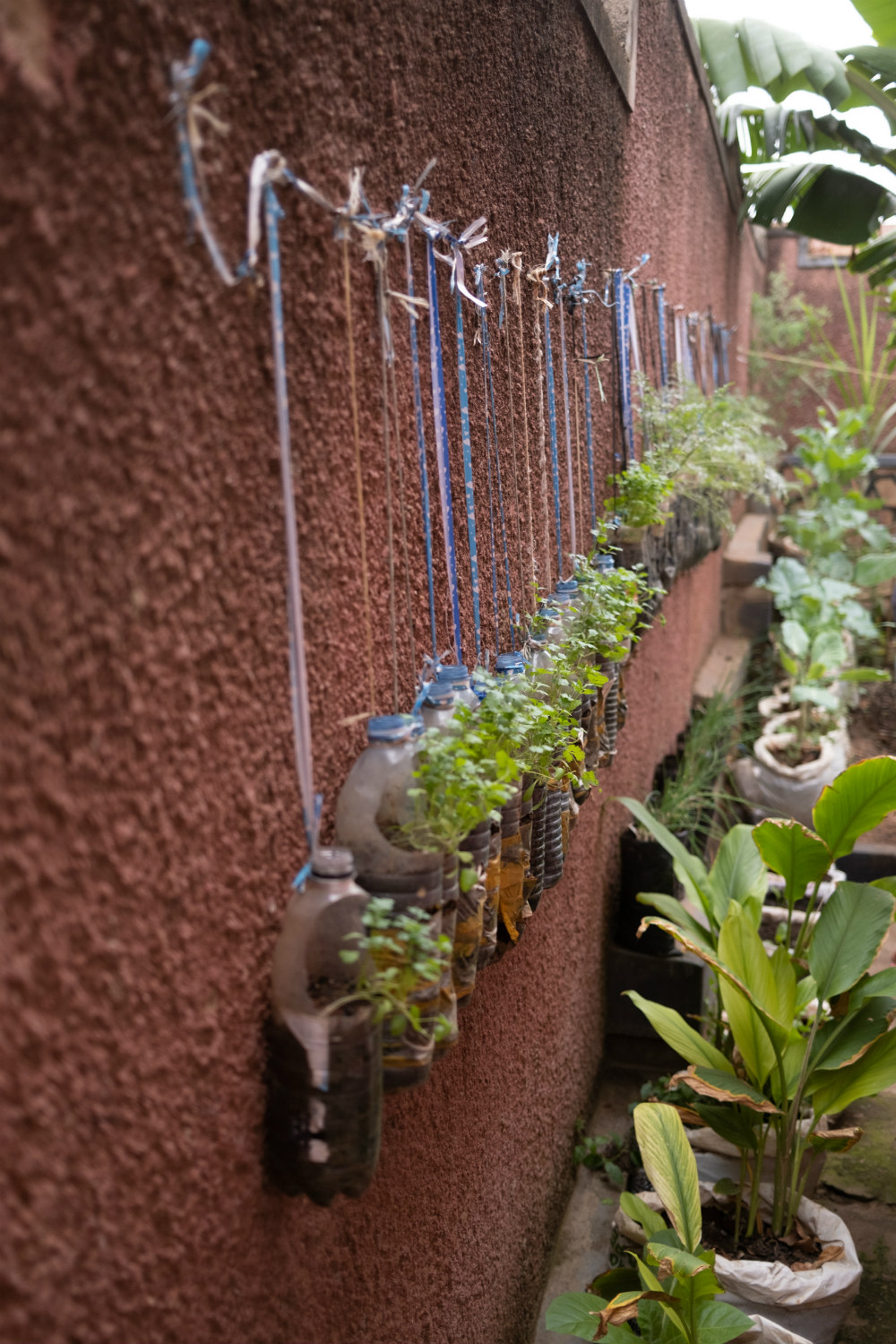
At present, urban agricultural activities are twice as important as international imports for the urban food provision. However, according to the report Building Urban Resilience: Assessing Urban and Peri-urban Agriculture in Kampala by the UN Environment Programme, uncontrolled urbanization can lead to loss of croplands in the urban and peri-urban zone, directly impacting the regional food system.
Gardens’ relocations are a constant concern for GhettoGoGreen.“The owner can come anytime and say, you know what, I need the land to develop it,” Hellen says. I asked her if the results that they are achieving at these green spaces might legitimize their cause in front of the government to give them land in the public realm. “It might happen but it will take time.”
Hellen and her colleagues at NAC and Dreamtown are under no illusions about the depths of animosity and suspicion. Yet the NAC keeps inviting local government leaders to their activities and gaining their acceptance for any viable attempt at large-scale urban gardens in public spaces in Kampala. Eventually, the young people trained by NAC and Dreamtown will pivot from being the builders of urban gardens to being the enablers, aka local leaders who believe in the benefits of returning nature to Kampala.
